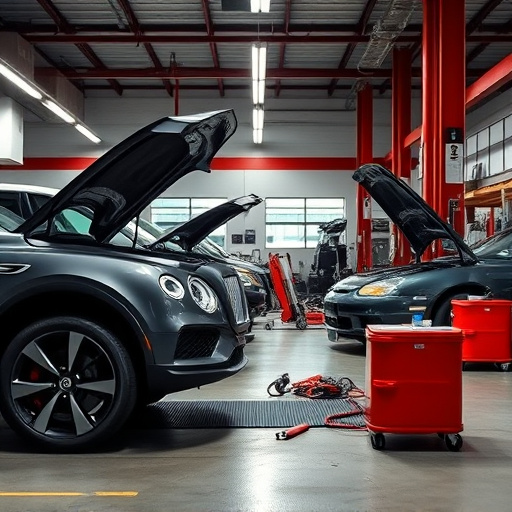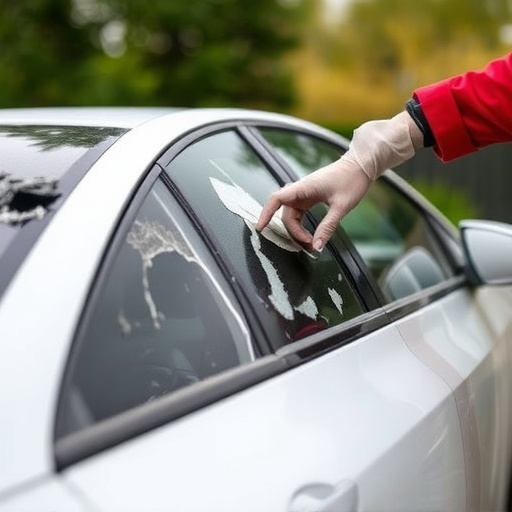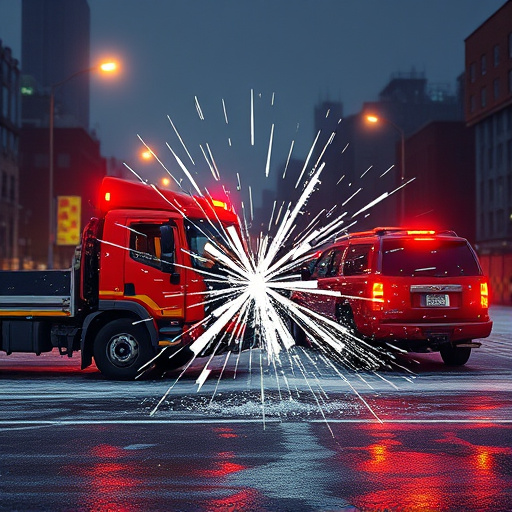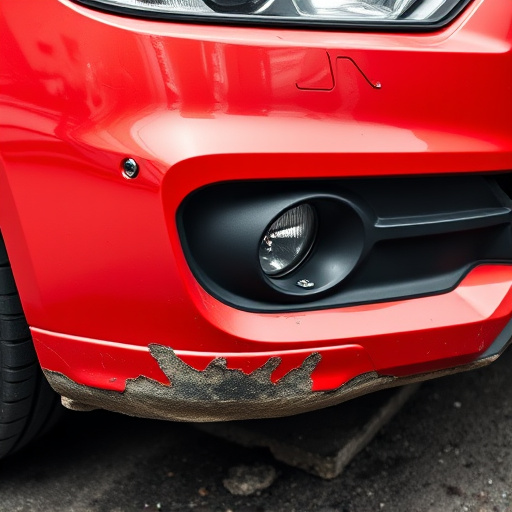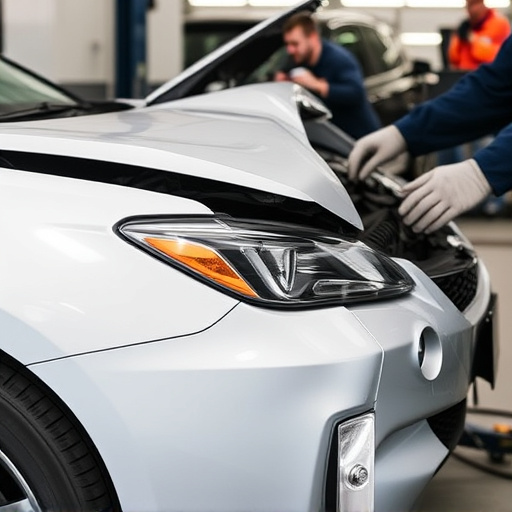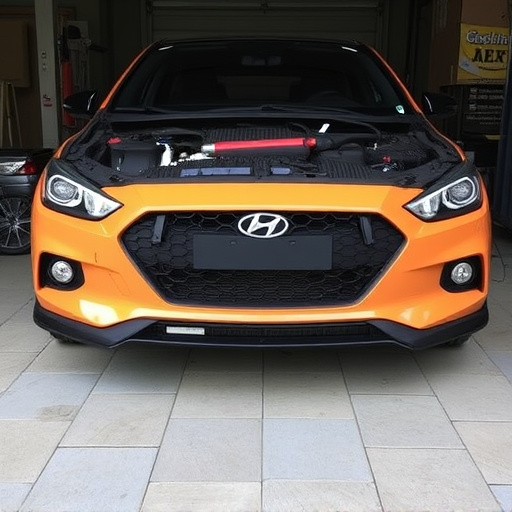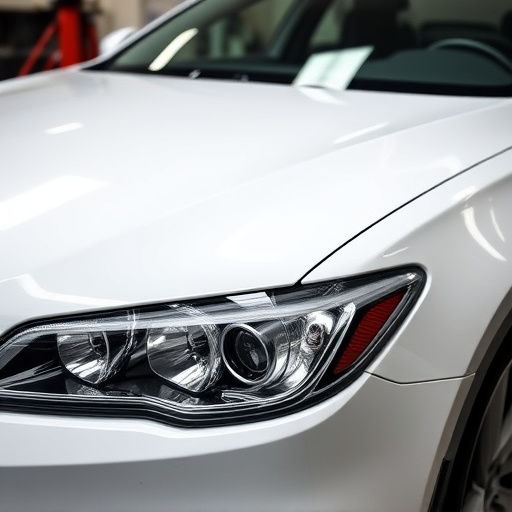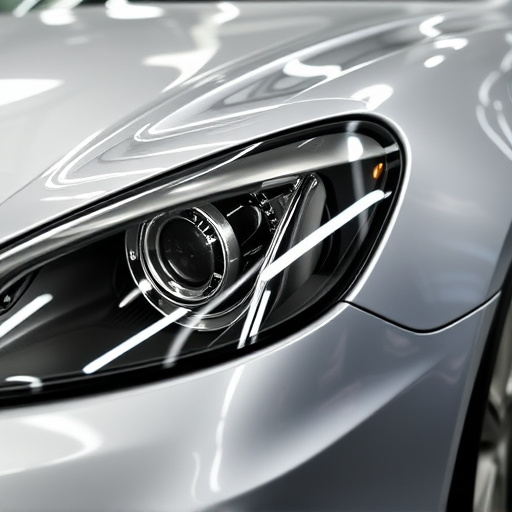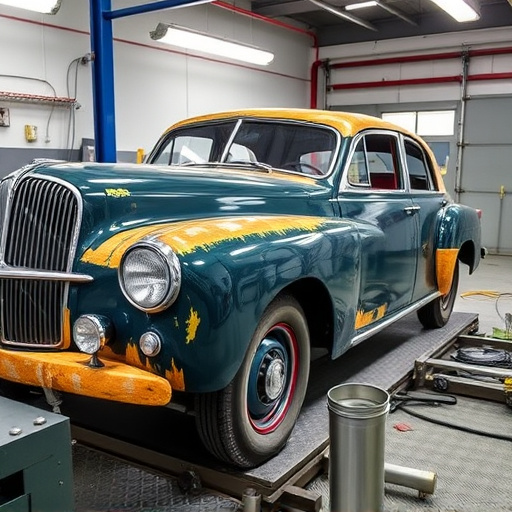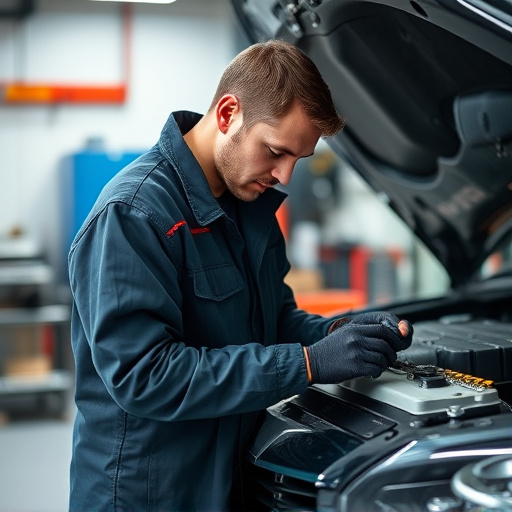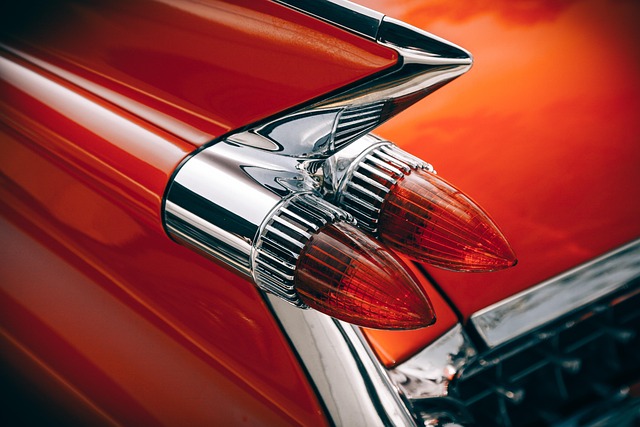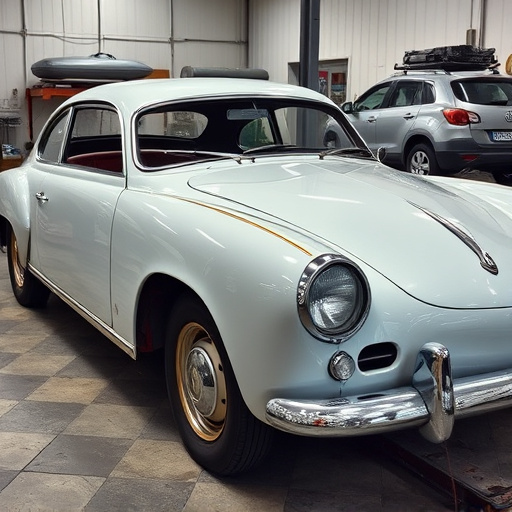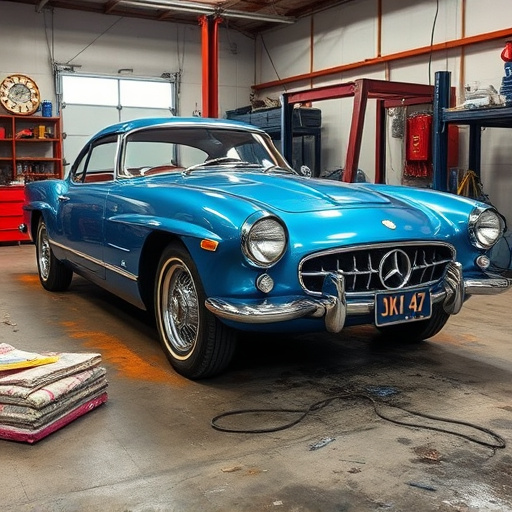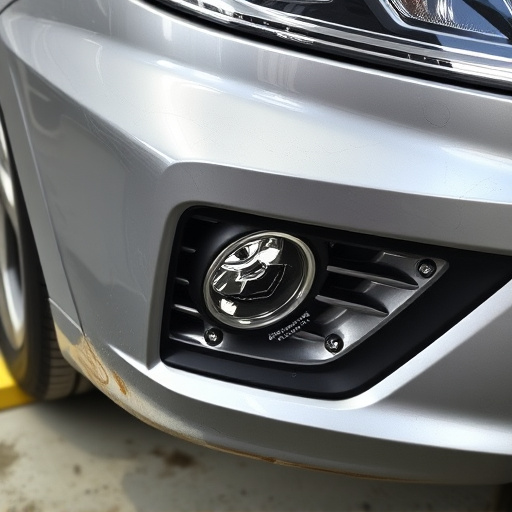Headliner repair after a collision is vital for safety and aesthetics. Technicians assess damage ranging from tears to complete separation, with severity guiding repairs from simple adjustments to complete removal and reconstruction. Advanced techniques, materials, and equipment ensure structural integrity and passenger protection, restoring the interior to pre-collision condition.
In the event of a car collision, understanding how severity impacts headliner damage is paramount for both safety and efficient repairs. Headliners, crucial elements that protect occupants from impact forces, can range from minor creases to complete separation during severe crashes. This article delves into the intricate relationship between collision severity and headliner repair needs, exploring specific levels of damage and their corresponding requirements. By understanding these nuances, auto body professionals can facilitate swift, effective repairs, enhancing safety without unnecessary costs.
- Understanding Headliner Damage in Collisions
- Severity Levels and Repair Requirements
- Efficient Repairs for Improved Safety
Understanding Headliner Damage in Collisions
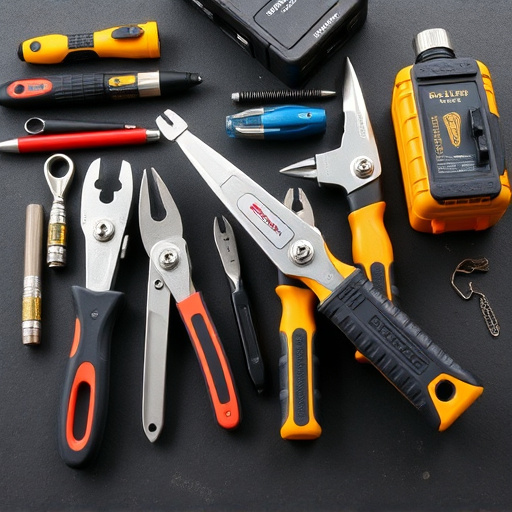
In the event of a collision, assessing headliner damage is crucial for determining the extent of required headliner repair. Headliners, which line the roof and interior ceiling of vehicles, are designed to protect occupants during accidents. However, they can sustain various types of damage ranging from slight tears and punctures to complete separation from the roof structure. Understanding these different forms of headliner damage is essential for auto body repairs, as it dictates the complexity of the restoration process.
Collision severity plays a significant role in dictating the repair needs of a vehicle’s headliner. Minor fender benders may only result in surface-level dents or creases that can often be addressed through dent removal and dent repair techniques. Conversely, more severe collisions can cause significant headliner damage, including rips, tears, and even complete deactivation of the safety features they provide. In such cases, headliner replacement becomes necessary to ensure both structural integrity and optimal passenger protection.
Severity Levels and Repair Requirements
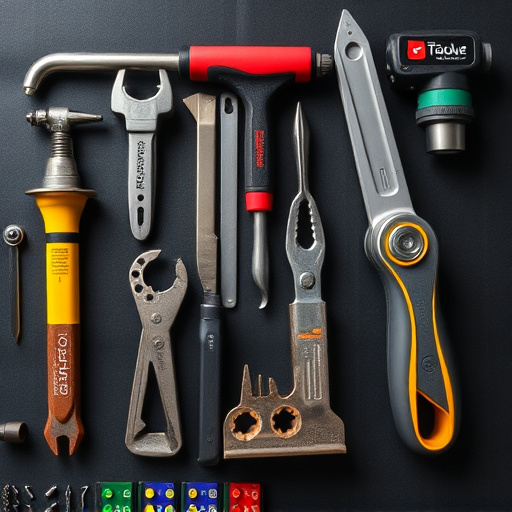
Collision severity plays a significant role in determining the extent of headliner repair required, with each level presenting distinct challenges for vehicle restoration specialists. Minor collisions may result in minimal damage to the headliner, often requiring simple adjustments or replacement of specific components. In contrast, severe crashes can cause extensive damage, necessitating complete headliner removal and reconstruction.
For instance, a low-speed bump might leave only minor creases or dislodged trim pieces, easily rectifiable through car body repair techniques. Conversely, high-impact collisions can lead to torn fabric, damaged structural components, and even warped frames, demanding comprehensive vehicle paint repair and headliner replacement to ensure both safety and aesthetic restoration.
Efficient Repairs for Improved Safety
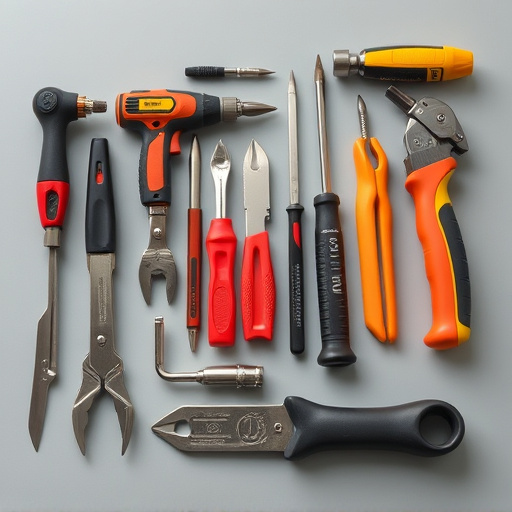
Efficient headliner repair is not just about aesthetics; it’s a critical component of vehicle safety. In the event of a collision, the state of your car’s headliner can provide valuable insights into the severity of the impact. Proper repairs ensure that any damaged components are replaced or reinforced to match pre-collision standards, maintaining structural integrity and enhancing passenger protection.
Auto body services specializing in headliner repair leverage advanced techniques and materials to offer effective solutions. These include using high-quality fabrics and adhesives that meet automotive industry standards, as well as employing modern equipment for precise cuts and installations. Automotive restoration experts also play a vital role in restoring not just the headliner but also the overall interior of the vehicle to its pre-collision condition, contributing to a safer and more appealing driving experience.
Collision severity significantly impacts headliner repair needs, with each level requiring specific attention. By understanding these requirements, auto body shops can efficiently address headliner damage, ensuring safer vehicles and reduced repair times. Efficient headliner repairs not only restore aesthetic appeal but also maintain structural integrity, ultimately enhancing overall safety for all vehicle occupants.
